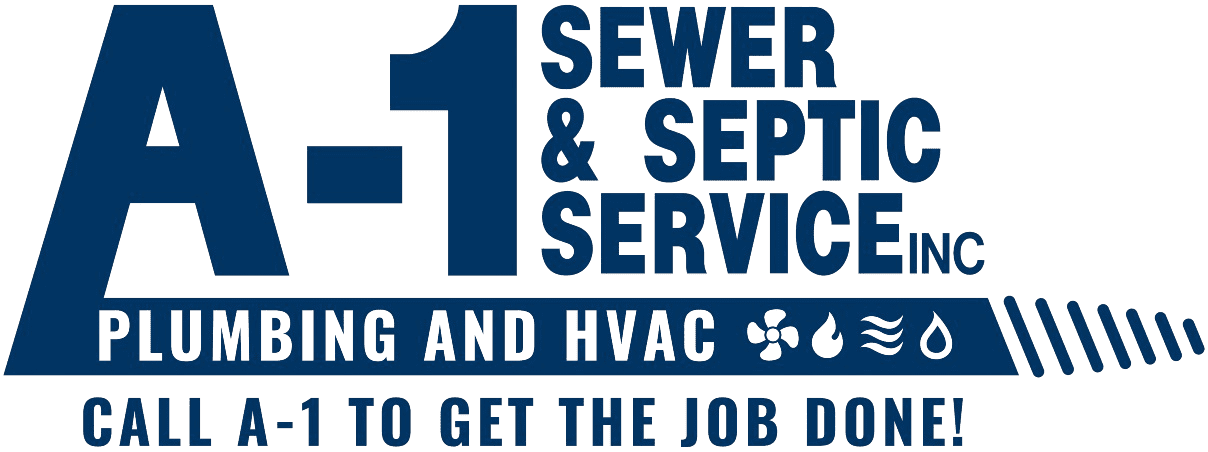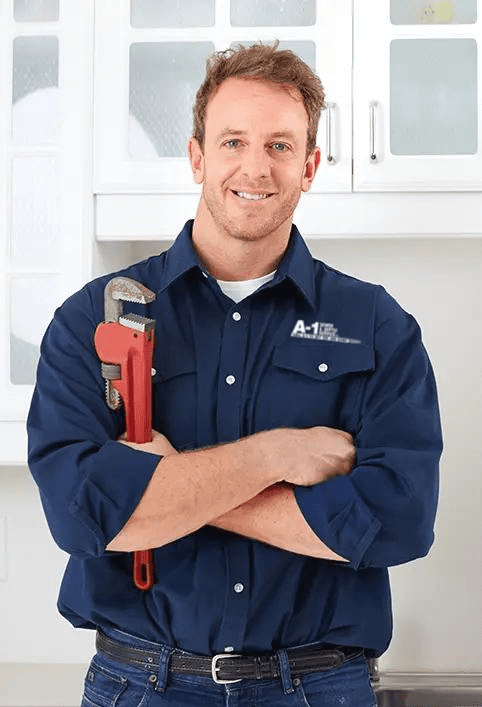Plumbing has been around since Roman times, but today’s modern plumbing systems have artfully combined function with beautiful designs, and we aren’t complaining.
The principles of plumbing are simple – pressure plus valves, but if something goes wrong with your home plumbing and you’re facing a plumbing emergency, your walls, floors, and furnishings can be one soggy water damage mess. You have to act fast to ward off costly repairs when this happens.
To be a savvy homeowner, you want to learn how to spot plumbing issues and resolve small plumbing problems before they turn into major headaches and require a plumbing service to perform plumbing repairs. To help you stay dry and happy, we encourage you to follow these tips:
Be on the lookout for trouble. With plumbing, little problems can turn into big ones. Be alert for signs of an impending failure: for example, rocking toilets, leaky faucets, damp cabinets, and dripping refrigerators, all of which signal the need for prompt attention.
Don’t ignore problems. Do you have a leaky showerhead? A leaky faucet or showerhead is more than annoying, they encourage the growth of unhealthful mold and mildew. Don’t ignore problems because they’ll only get worse as time passes. If you notice a reduction in water pressure when nothing else is running, there’s a chance you have a water leak somewhere, maybe behind a wall where a water line has a leak. If you hear water flowing when you’re not running any part of your home plumbing, or if you see an increase in your water bill without using any additional water than normal can also point to some kind of water leak.
Know where the shut-off valve is. Should you have a flood in the basement, bathroom or kitchen, do you know where to go to shut off the home’s water supply? You need to locate the main shut-off valve for the home’s water supply, and if it’s in a dark or hidden spot, you should store tools nearby for a quick emergency shut-off. There’s nothing worse than missing a flashlight or a lost shut-off key when the water is gushing down the stairs from a burst pipe.
Get to know your appliances. In addition to the home’s main water supply, you need to learn how to shut off the water to sinks, toilets, washing machines and your refrigerator’s ice maker. Should something go awry, knowing where the shut-off valve is can help avert a messy, wet cleanup.
Keep your hot water hot. Water heaters are among the most common things addressed in regular plumbing maintenance tips. For good reason; hot water is important to everyday life, and preventative maintenance can avoid replacing your water heater before its lifespan would normally be over. Replacing the anode rod will prevent corrosion inside the tank. Performing a flush, or draining the tank to remove sediment and buildup in the bottom of the tank, helps to prevent blockages and clogs in the hot water lines. These are part of the regular plumbing maintenance homeowners perform to keep their water heaters running at their best.
Know what to put down the garbage disposal. Your garbage disposal is another part of your house plumbing that we plumbers get plenty of calls about. The best way to keep it running correctly is to not run things like egg shells, coffee grounds, potato peels or orange peels, plastics or other non-organic material through the disposal. Regular maintenance for garbage disposals will help reduce debris buildup, and ultimately a clogged drain (because it couldn’t shred the food waste, and ultimately ends in a sink drain that has backups and clogs). DIY things like baking soda and vinegar, or ice cubes, if done on a regular maintenance schedule, can keep you from having to call a plumber for drain cleaning!
Keep your main sewer lines flowing. Your main lines, or main sewer lines, are also a spot where doing certain things differently can prevent issues, which is especially true if you also have a septic tank. Use less toilet paper, or ensure that if you have a 2-stage toilet you always use the larger flushing stage if there is ANY toilet paper or anything that isn’t just human waste, as toilet paper can buildup and cause a clog without the proper amount of water flow to move it down the sewer line and out to the city sewer or your septic tank. Tree roots are another issue that homeowners can face. Tree roots are always looking for water, and the gallons and gallons of water that flow through your sewer lines and exposed pipes are just what the tree roots are looking for. A professional plumber can perform drain cleaning via a clean out (an access point somewhere on the sewer line), but when it comes to removing tree roots, pricing can vary based on the severity of the intrusion.
Looking for a Kansas City plumber?
If you have a plumbing job that requires a professional plumber, contact A-1 Sewer & Septic Service Inc. for help. We offer same-day service at. Call today for a quote from one of our experienced plumbers!



